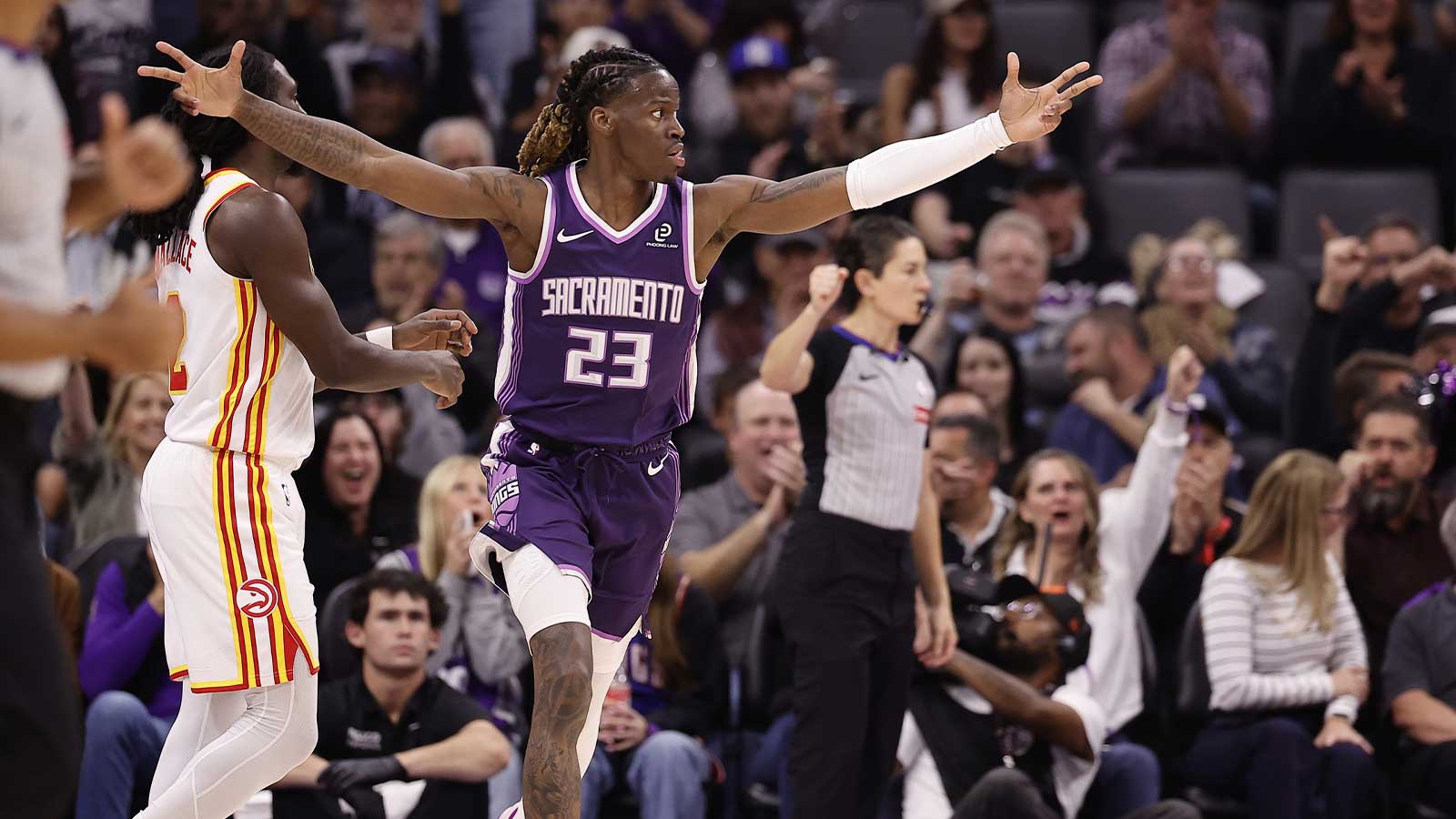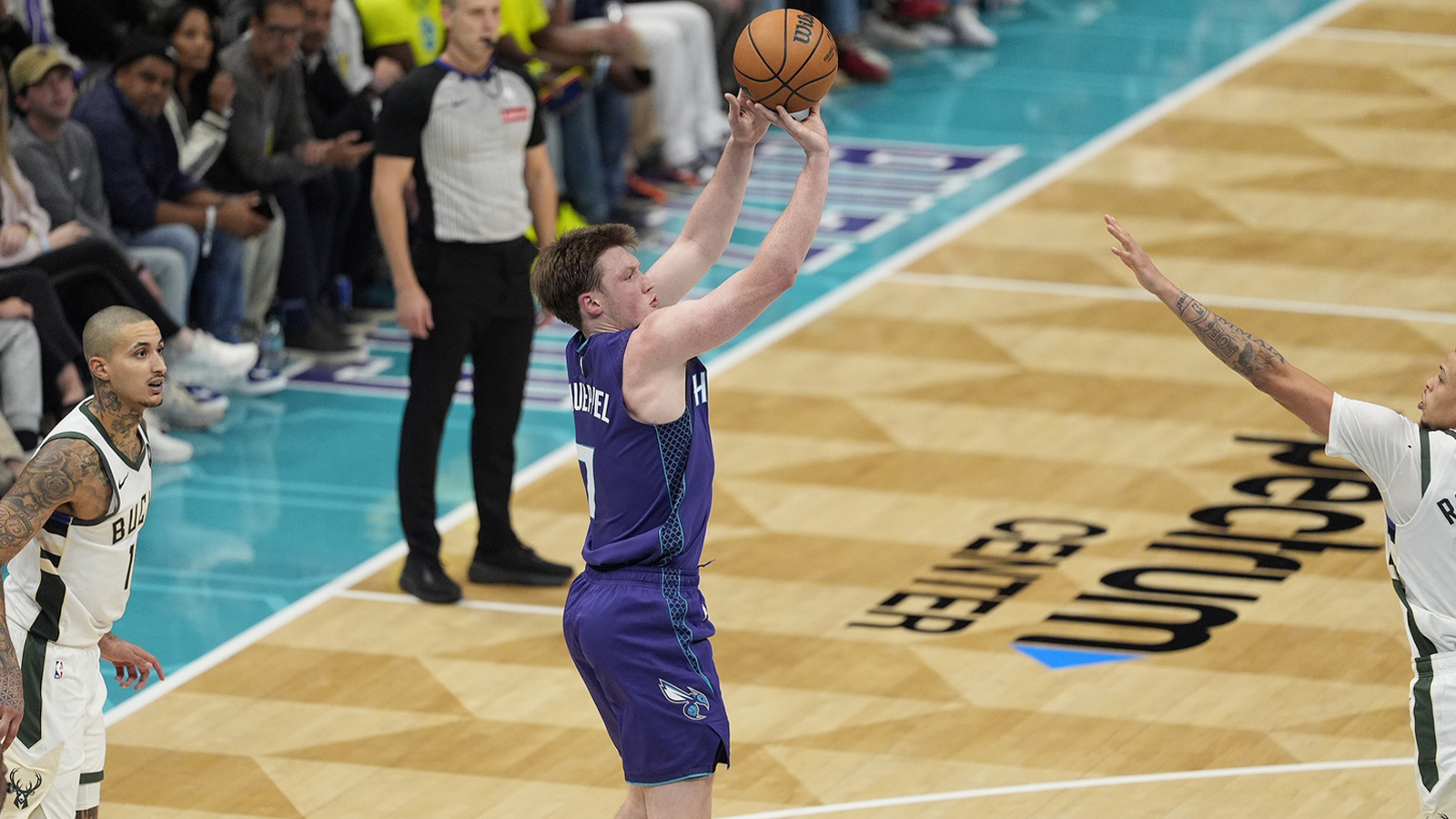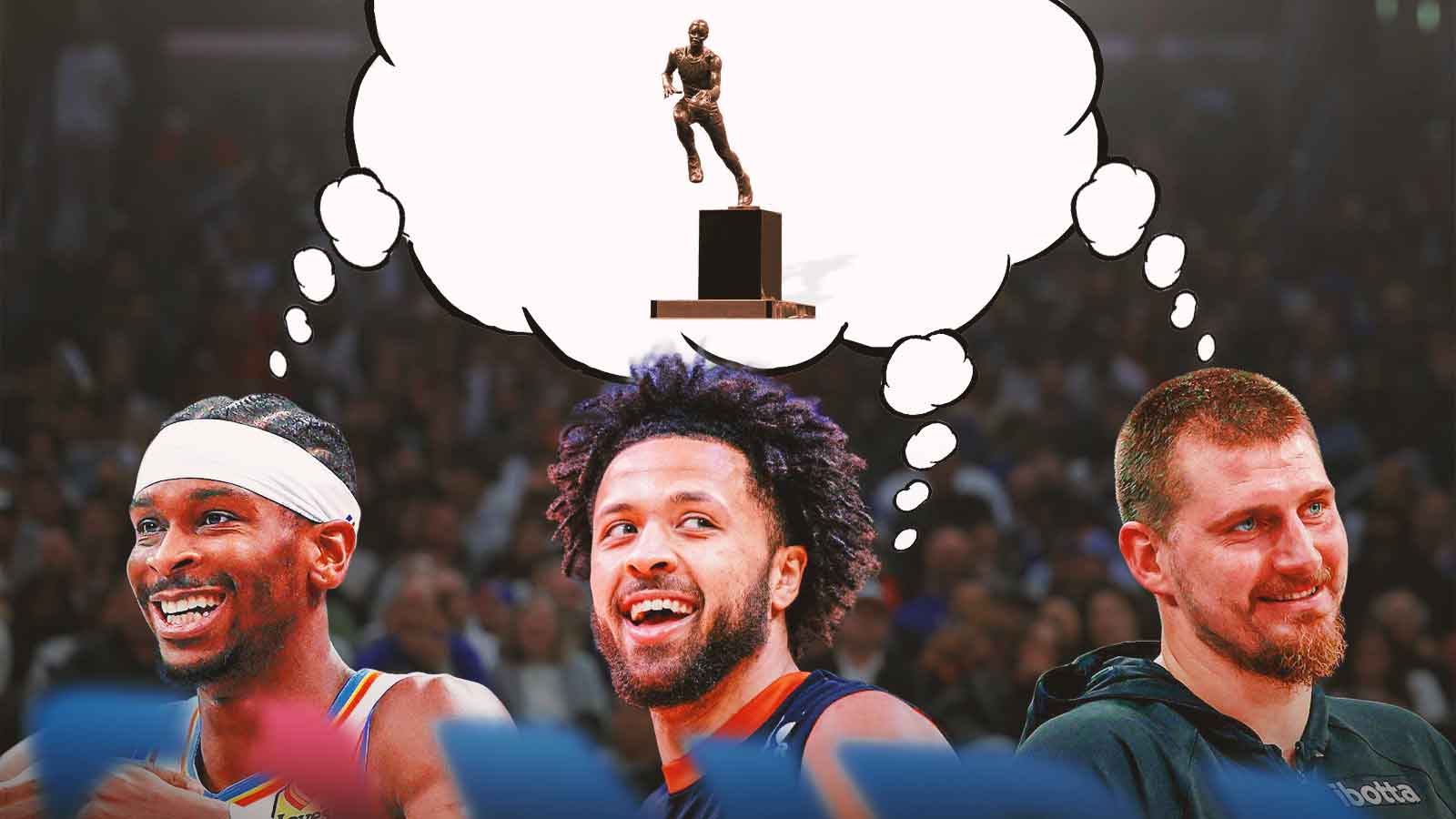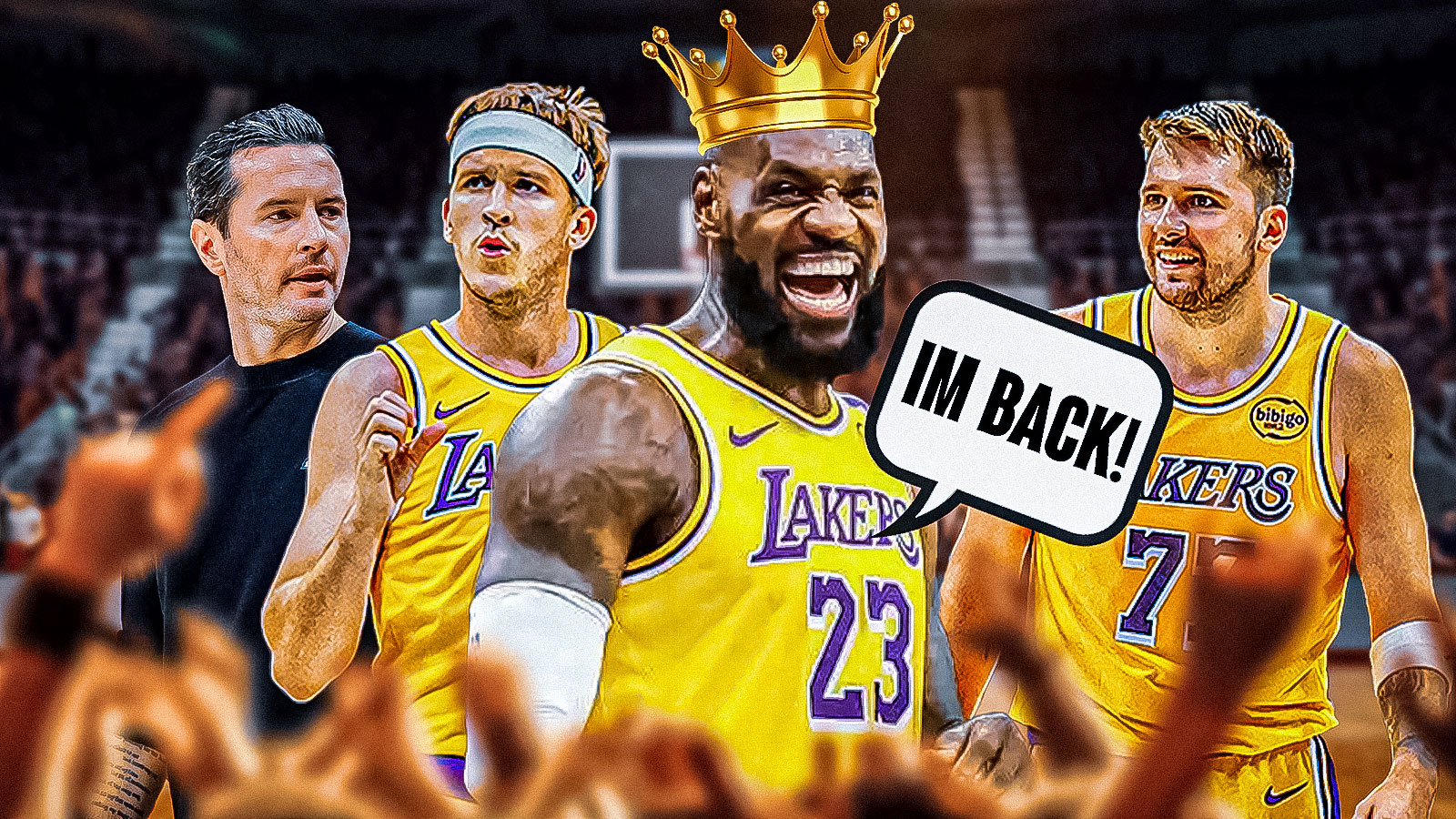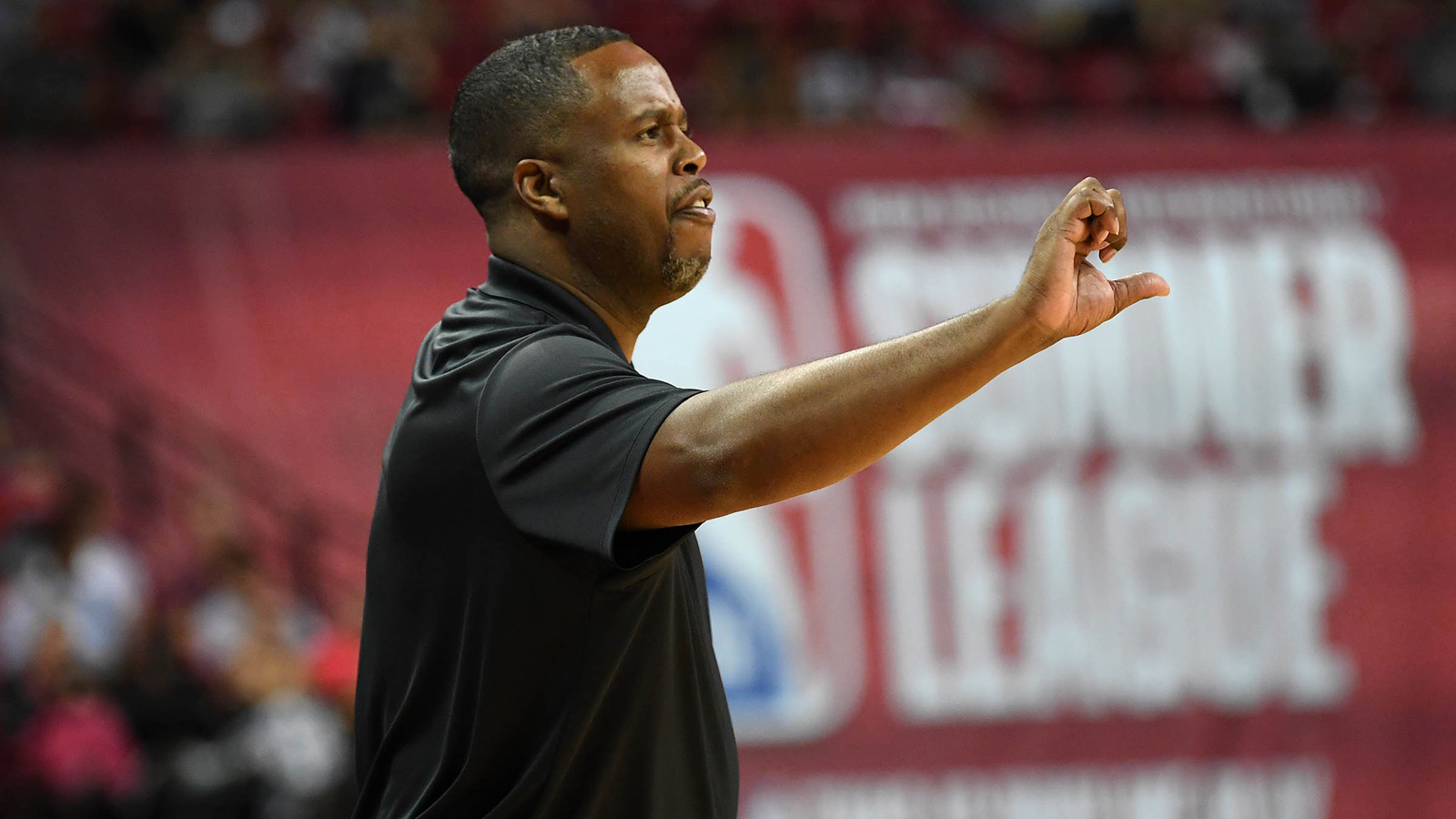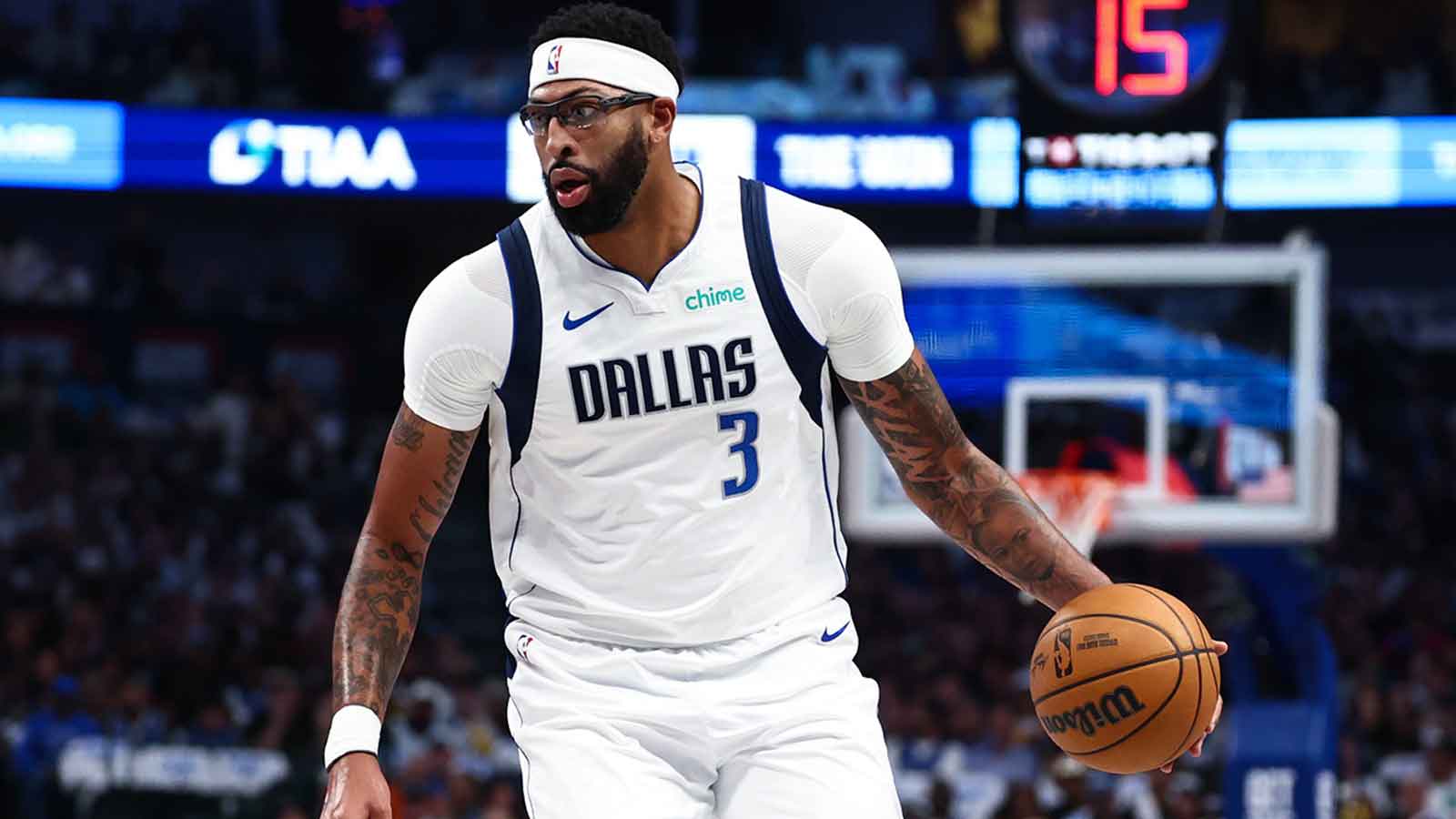More and more NBA fans are into card collecting these days, and for good reason. What used to be a forgotten field of interest has now exploded as of late, driving the card industry and collectors alike into a wild frenzy. Rightfully so, because this hobby takes the game we all love and injects a new kind of excitement and adventure into it.
But of course, you just can’t wake up one day and decide to collect NBA cards. If you do, you’ll end up wasting your hard-earned money. Like any other hobby, it pays to study the intricacies of card collecting, the challenges that come with it, and the rewards you stand to gain once you’ve gotten past the learning curve. You can only do that if you familiarize yourself enough with how this hobby works. Shown below are some vital tips that would greatly help those who would like to start collecting basketball cards.
Know Your Cards

As of the moment, there’s only one name to know when it comes to collecting basketball cards – Panini. Back during the heyday of sports card collecting in the 90s, there was Fleer, Upper Deck, and Topps, among others, that produced cards for the NBA. In 2009, the league granted the exclusive right to manufacture and distribute cards to Panini. Ever since then, the Italian company has churned out a multitude of card brands under its wing that cater to different segments of the market.
For the beginner, taking a look at Panini’s vast number of offerings is reason enough to be intimidated. There are so many different products and variations that have been manufactured for more than a decade. To keep things simple, here is how to differentiate cards from within an individual set.
Base Cards
Basically, base cards are the standard offering whenever you purchase a pack or box. They feature most players from the 30 teams around the league. Almost all of these cards, especially those of players with little to no playing time or fanfare, are priced very low. The exception here is the base cards of popular NBA players or rookies from that year's draft, which are often more sought after by collectors. Some example include those of The King himself, LeBron James, or the heir-apparent, Luka Doncic.
In the image above, the top left card is Luka Doncic's 2019 Prizm base card.
Rookie Cards
By far, rookie cards are what most collectors go for in this hobby. As the name clearly suggests, these cards feature players who were drafted into the league during the card set's manufacturing year. The iconic shield-shaped RC badge adorns these cards and solidify its value among card enthusiasts.
And speaking of value, you can expect rookie cards to command a higher price than their non-rookie base counterparts. A 2019 rookie card of Tyler Herro, for example would fetch a higher price tag compared to a regular base card of Kawhi Leonard or Kyrie Irving.
In the image above, the bottom left card is Luka Doncic's 2018 Prizm rookie card, with RC patch visible on its corner.
Inserts
Inserts are special cards that are randomly inserted into packs. While base cards often feature the player within a standard layout, inserts often integrate fun little wrinkles into its card design. They usually feature the more popular players within the league in a design that’s different from their base variants.
For example, the Jam Masters insert from Panini Mosaic cards celebrates some iconic NBA highflyers, while the Splash! insert from Panini Optic shows off some of the league's best shooters. The designs are usually more funky and adventurous than your normal base cards, usually giving some leeway for some fun and fresh looks.
Some of the in-demand insert cards in the modern NBA card market are the Optic My House, NBA Hoops High Voltage, Mosaic Stained Glass, Kaboom, and From Downtown cards, to name a few.
Parallels
Parallel cards feature the same design and layout as regular base cards, except they come with a distinct feature. The most common parallel from Panini's modern releases is the silver or holographic or holo variant, which can be identified by its shiny and chrome-like finish. Different card sets come with different variations of parallels, from ruby red wave, hyper, fastbreak, or cracked ice.
There are dozens of different kinds of parallels, too many to list in fact. But the fun comes in finding and collecting different kinds as you immerse yourself more into the cards scene.
The image above features both Luka Doncic parallels and inserts on the right-hand side.

Patches
Patch cards are produced with a piece of clothing worn or used by basketball players inside them. As a result, they are thicker than most NBA cards in the market. Common variants of patch cards feature a single color of a player’s jersey. Those that have two or more colors are more in demand, especially if they belong to established players or up-and-coming stars.
Autographs
As the name implies, these cards are signed by the players that appear on them. Some of these stars sign on a translucent sticker, which is then attached to the card itself. The rarer version is when the player actually signs the card, which drives up its value more. These autographed cards are harder to pull because Panini only inserts one of them per box.
Graded Cards
For most collectors, the condition of the card is what primarily determines its value. Due to this fact, certain companies offer grading services to preserve a card’s condition and lock its value in. This is done by encasing the card within a hard plastic shell and grading its condition, with 10 being the highest. Keep in mind that the better grade commands a higher value on the market. There are people who focus their effort more on collecting these graded cards because of the benefits stated above.
Determine Who You Want To Collect

Now that you have a basic understanding of the different cards available on the market, you can then move on to the next step – determining which player you’d like to collect. There are safer options out there, with LeBron James being the safest player to go for. That’s because his reputation as the best player of this generation ensures you get a lot of value from his cards.
You can also base your collection on established veterans, players from your favorite team, or young stars that hold a lot of promise down the road. Moreover, you can opt to collect stars from yesteryears, the ones you’ve grown up idolizing since there are still many of their cards available in the market. Whoever you choose, it’s always best to stick to one or two players. In this way, you can focus on building up your collection faster and prevent you from making any purchases you might regret in the future.
Protecting Your Cards Is A Must
As stated earlier, a card will only be valuable if you learn to take care of it. That means the card’s corners should never be bent or its surface scratched in any way. Even the slightest sign of damage would certainly lower its value on the market. To prevent that from happening, you need to protect your cards at all costs.
Doing so would mean investing in a set of items that shields your cards from harm. First off, you need to acquire plastic sleeves, toploaders, or magnetic cases, to prevent your collection from being damaged. You also need to get binders with pocket sleeves and storage boxes to keep your cards organized. Those with an expensive collection might consider buying dedicated cases that can hold a number of graded cards inside them. In any case, it’s always best to err on the side of caution when it comes to protecting your collection.
Learn How To Find A Card’s Value
Apart from knowing who to collect and learning how to protect your collection, it’s a must to know how much your cards are really worth. The simplest way you can do this is by going to eBay, enter the card’s name, and checking out its recent sales. More often than not, this can serve as a good guide to determine its market price.
There are also dedicated websites out there such as 130point that compile this data and present the card’s historical or recent prices in an organized manner. Again, you just need to enter a specific card to check its market value. Do keep in mind that a player’s card can fluctuate because of his performance on the court and to a degree, the latest news about him when he’s off it. It’s best to keep a close eye on these developments so you would be notified of any price change.
Find Like-Minded People You Can Share This Hobby With
Now that you’re familiar with the different kinds of cards in the market, chosen the player you’d like to collect, and able to protect your collection well, it’s time to share the joy of this hobby with other people. Doing so would give you a network of people who share your love for basketball and the pursuit of these cards. You get to have the latest info about the brightest prospects and developing trends in the community, as well.
Finding these people is easier than you’d expect. You can search for card groups using your preferred social media platform. Join one or several of these groups and you’ll end up meeting like-minded individuals. You can also join box breaks, a fun way to pull expensive cards while making new friends along the way.
Collecting basketball cards isn’t rocket science. You follow NBA games, collect the players you look up to the most while keeping their cards safe in your collection. Once you’ve overcome the learning curve of this hobby, you’ll understand the excitement and enthusiasm this hobby offers to basketball fans.












